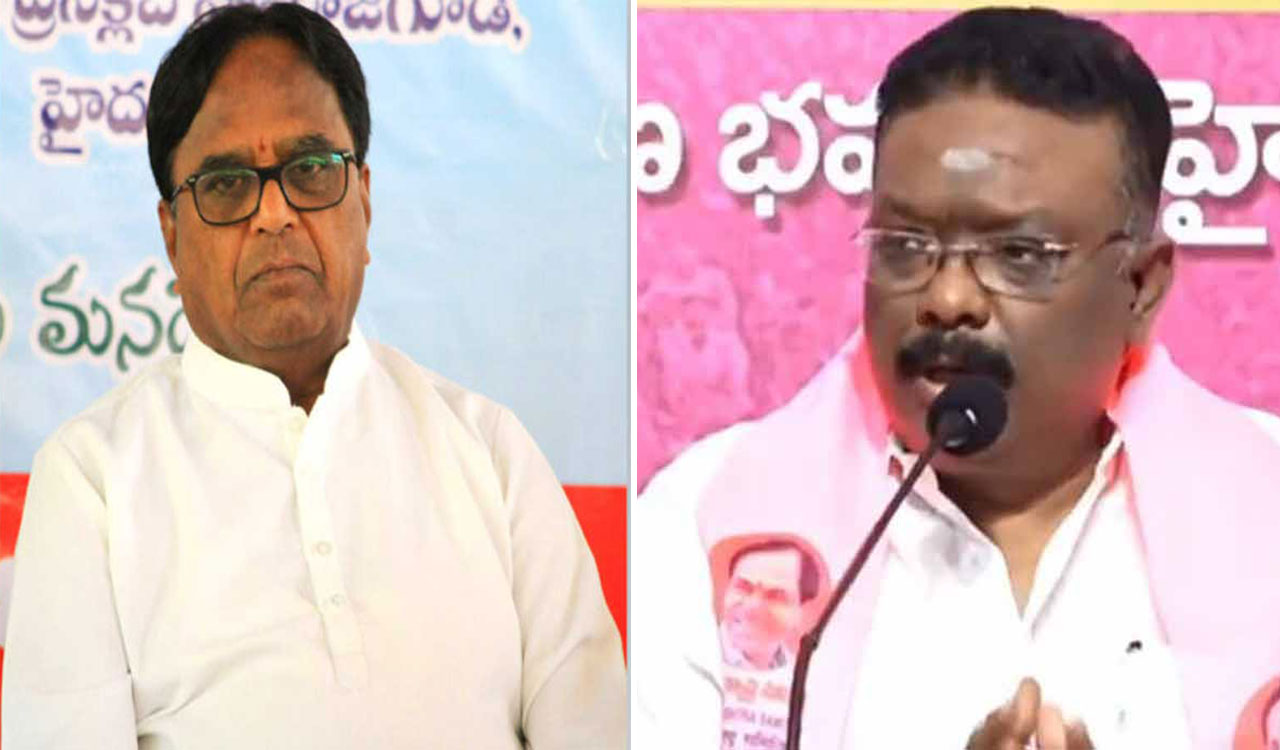Deepening job crisis in India, what needs to be done
When those with MA and PhD degrees apply for posts like clerks, peons, it is evident that there are fundamental flaws in our education system

By Nripendra Abhishek Nrip
Unemployment is one of the most complex and pressing issues in India, adversely impacting both society and the economy. This problem is not limited to the lack of jobs; it also involves the quality of employment, job stability and unequal income distribution. When highly educated individuals with MA and PhD degrees apply for posts like clerks, peons and sanitation workers, it becomes evident that there are fundamental flaws in our employment system.
According to government data, only 3% of India’s working-age population is unemployed. At first glance, this figure appears optimistic, but the reality is far from it.
Defining Unemployment
India uses two major standards to measure unemployment. The first is the ‘usual status,’ where a person is considered employed if they work for more than 30 days a year. The second is the ‘weekly status,’ where working for even an hour in a week excludes an individual from the unemployment list. This definition is crucial in India as it not only obscures the actual extent of unemployment but also hinders the creation of effective policies.
The unemployment crisis is not merely a statistical issue; it directly impacts the lives of millions. Employment is not just a source of income but is also tied to social identity and quality of life
The broad nature of this definition fails to account for genuine unemployment. Developed countries have different and stricter definitions. For instance, in the US, a person is considered unemployed if they have actively looked for a job in the past four weeks and are available to work. Similarly, the International Labour Organization (ILO) defines unemployed individuals as those aged 15-74 actively seeking work and available to start within two weeks.
Education and Employment
Education has traditionally been viewed as a pathway to employment. However, this perception is changing in India. According to the Periodic Labour Force Survey (PLFS) 2023-24, 59.6% of uneducated individuals are employed, whereas the employment rate for graduates and postgraduates is only 57.5%. The India Employment Report 2024 reveals that unemployment among less-educated youth is just 3.2%, compared with 28.7% among highly educated individuals.
This paradox raises several questions: Is our education system employment-oriented? Do graduates and postgraduates possess market-relevant skills? Has education become limited to obtaining a degree? The data indicate a significant disconnect between education and employment in India.
Income Inequality
Income inequality among India’s working population is another significant concern. Around 78% of workers earn less than Rs 14,000 per month. The average monthly income of self-employed individuals is approximately Rs 7,423 lower than that of salaried workers. Salaried workers earn an average of Rs 20,000 per month, while self-employed individuals lag far behind. Additionally, a large number of people are employed in jobs that fail to provide even the minimum wage, particularly in the unorganised sector. This disparity affects not only personal lives but also hampers the nation’s economic progress.
Rural Vs Urban
The nature and causes of unemployment differ in rural and urban areas. In rural regions, most people rely on agriculture and the unorganised sector. Seasonal employment, low income, and a lack of stability are the primary challenges. In contrast, urban areas face higher unemployment rates due to intense competition and limited job opportunities. Unemployment among highly educated youth is more prevalent in cities. Furthermore, women’s labour force participation is significantly lower than men’s due to social constraints, lack of education and family priorities.
Root Causes of Unemployment
• A mismatch between education and skills: India’s education system is not employment-oriented. Despite graduating, many young people lack the skills demanded by the job market.
• Dominance of the unorganised sector: Most of India’s workforce is employed in the unorganised sector, which lacks stable income and social security.
• Overdependence on government jobs: Government jobs are considered secure and respectable. As a result, many people prefer them over private sector jobs, even though opportunities in the private sector are limited.
• Lack of interest in self-employment: Self-employment suffers from a lack of resources and incentives. Fear of loans and a lack of entrepreneurial encouragement further discourage individuals.
Arrest before it Worsens
To address this crisis before it goes out of hand, several steps must be taken:
• Reforming education system: Education should be linked to vocational training and skill development. Curricula should be designed to align with industry needs.
• Promoting self-employment: Easy access to loans and training programmes should be provided to promote self-employment. Young people should be encouraged to take up entrepreneurship. While the government has initiated some measures, they are insufficient. Efforts must be made to eliminate the fear of loans among the population.
• Improving unorganised sector: Social security schemes should be introduced for workers in the unorganised sector, and their minimum wages should be ensured.
• Special schemes for women: To increase women’s participation in the workforce, special employment schemes should be implemented. Childcare facilities and flexible working hours should be made available.
• Enhancing modern and digital skills: Young people should be equipped with technical and digital skills. Employment opportunities in the digital sector should be expanded.
The unemployment crisis is not merely a statistical issue; it directly impacts the lives of millions. Employment is not just a source of income but is also tied to self-esteem, social identity and quality of life. India must adopt a multi-dimensional approach to overcome this challenge. The government, industry and society must work together to ensure that employment opportunities are not only abundant but also of high quality and sustainable. Reforming the education system, developing skills, promoting self-employment, and ensuring women’s participation can pave the way for resolving this crisis. With sincere and consistent efforts, India can emerge as a strong and self-reliant nation.

(The author is a researcher based in Saran, Bihar)
Related News
-
Cartoon Today on December 25, 2024
2 hours ago -
Sandhya Theatre stampede case: Allu Arjun questioned for 3 hours by Chikkadpallly police
3 hours ago -
Telangana: TRSMA pitches for 15% school fee hike and Right to Fee Collection Act
3 hours ago -
Former Home Secretary Ajay Kumar Bhalla appointed Manipur Governor, Kerala Governor shifted to Bihar
3 hours ago -
Hyderabad: Organs of 74-year-old man donated as part of Jeevandan
3 hours ago -
Opinion: The China factor in India-Nepal relations
4 hours ago -
Editorial: Modi’s Kuwait outreach
4 hours ago -
Telangana HC suspends orders against KCR and Harish Rao
5 hours ago




